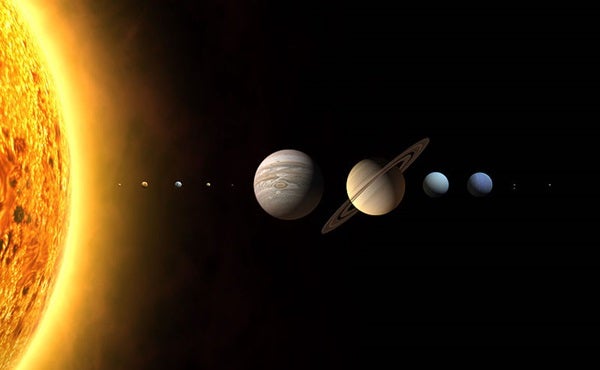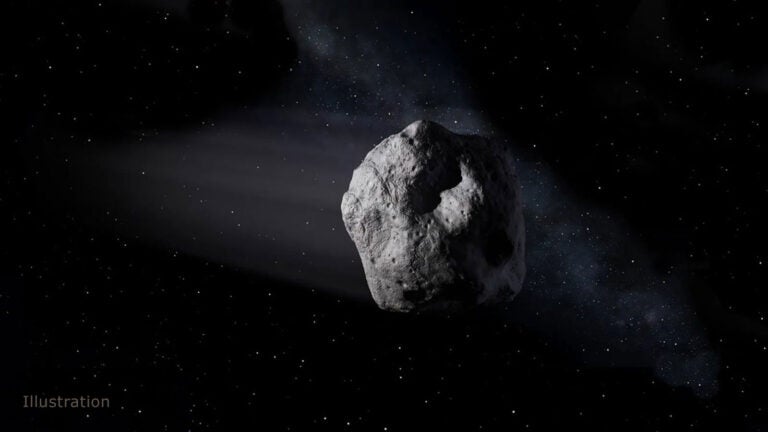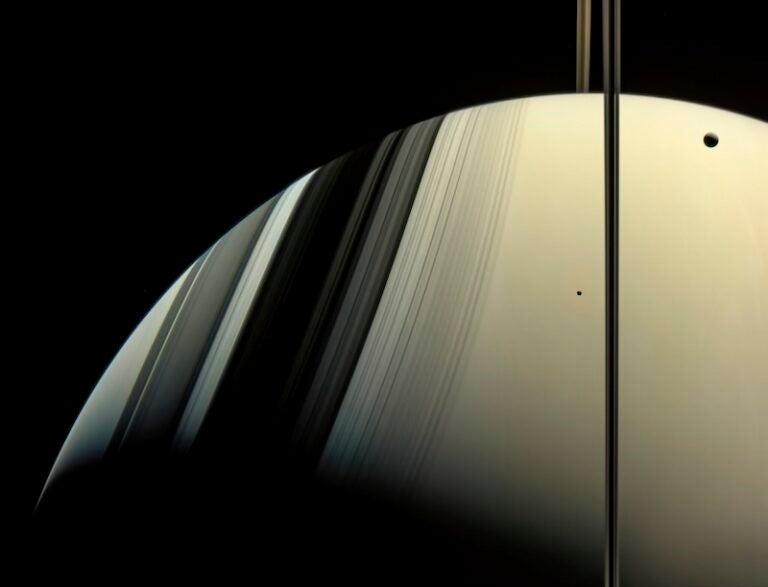Bode’s law holds out to Uranus at a distance of about 19 AU, but it fails for Neptune. The predicted distance of Neptune using Bode’s law is nearly 39 AU, but the planet actually sits at about 30 AU. It also fails for Pluto, which is on a highly eccentric orbit.
Most important to note about Bode’s law is that it is an empirical law. Empirical laws are rules based on observations, but not grounded in physical theory. While Bode’s law is a great observation with regard to much of the solar system, it is not reflective of the physics that dictates the planets’ motions or distances. So, Neptune is not moving farther from the Sun to better fit with this rule, and most astronomers no longer really consider Bode’s law useful.
As for your first question, the distances of the planets from the Sun do very slightly change over time. Tidal effects due to the tug of gravity between the Sun and a planet can induce orbital changes, but the change is so tiny as to be insignificant. In the case of Earth, for example, tidal effects are pushing us away from our star at about one micrometer per year — more than 10 times less than the width of a human hair.
As the Sun converts some small percentage of its mass into energy, this mass loss can also affect a planet’s distance by reducing the Sun’s gravitational pull — but again, only by a small amount. Based on the rate the Sun is burning energy, it will have lost about 0.1 percent of its total mass over the course of its hydrogen-burning lifetime of about 10 billion years. This results in Earth moving away from the star at just 0.6 inch (1.5 centimeters) per year — a total of about 93,000 miles (150,000 km) over the course of 10 billion years, or only about 0.1 percent of its orbital distance.
This effect does increase as you move outward through the solar system, though it still remains small. Saturn is moving away from the Sun at about 5.5 inches (14 cm) per year, or a total of 870,000 miles (1.4 million km). That total is just 1 percent of its orbital distance in 10 billion years.










